As the season has changed, your garden needs to be revamped. Don’t worry. We got that under control.
This article presents you based upon plantation and winter plant ideas for your new season and your garden.
The plantation is an effective and healthy idea for our humankind. Almost every product, including food, fiber, shelter, medicine, and fuel, is given to us by plants.
Green plants produce the necessary nutrition for all organisms. In the process of food production, oxygen is released.
This oxygen, which we obtain from the air we breathe, is essential to life.
The carbon dioxide we exhale is inhaled by plants, which creates a cycle for our environment lowering the temperature and pressure upon the ozone layer, protecting our atmosphere from high temperatures.
Why Is There a Need for a Plantation?
Nowadays, trees that started as plants are being cut down on a vast scale to preserve our humankind’s needs and purposes.
Plantation helps our environment and makes our living atmosphere breathier and more comfortable.
Winter is Coming! Winter is Coming! Our favorite line from our favorite show, “The Game of Thrones,” so now it is here, and let’s not waste any more time and show you some of our hand-picked winter plants ideas.
Best Winter Plants Ideas
1. Daffodil
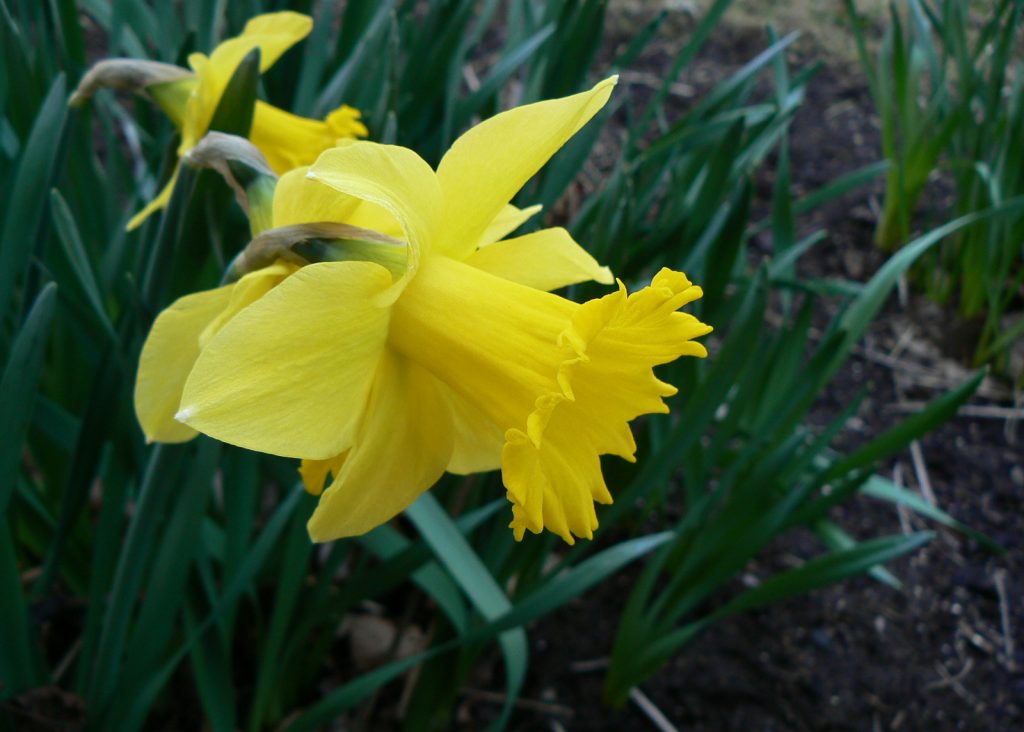
The most seen and heard winter plants daffodil being yellowish, adds a different colorful charm to our garden. The bulb, leaf, and flower of daffodils are used to make medicines. Despite seeing severe safety concerns, people take daffodils for whooping cough, colds, and asthma. They also take it to cause vomiting.
2. Crocus
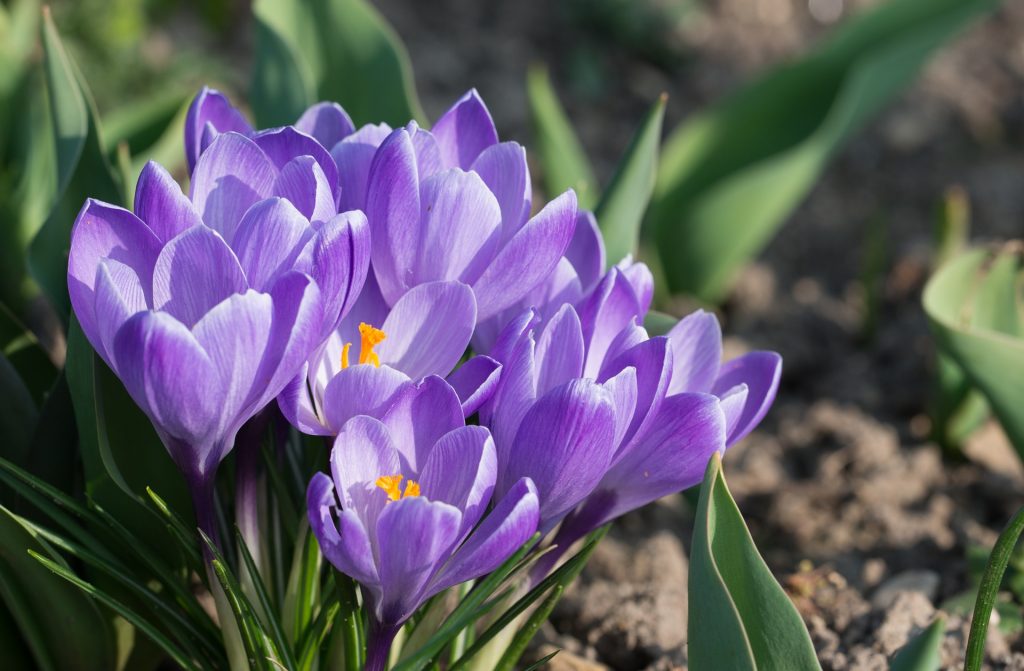
Purple colored flowers can withstand winter’s harsh temperatures from which the spice saffron is gotten from the marks of shame of Crocus sativus, a harvest time blossoming species of its breed. To be planted before the ground freezes
3. Christmas Rose
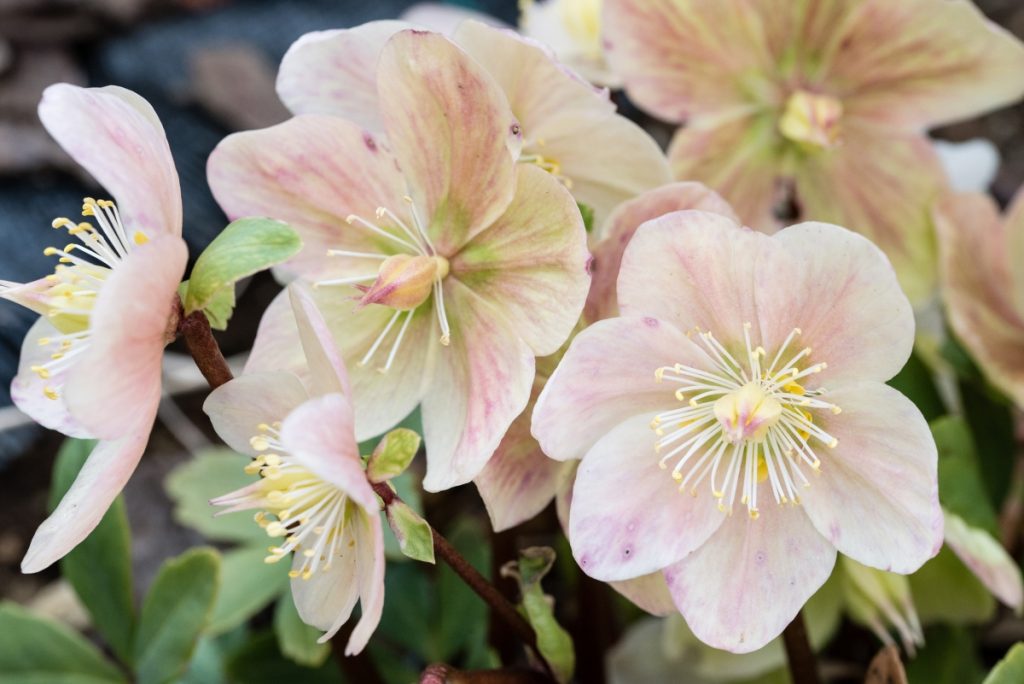
Helleborus Niger, also known as Christmas, rose or black hellebore is an evergreen perennial flowering plant in Ranunculaceae’s buttercup family. A beautiful flower is having deceptive looks and being poisonous.
4. Ranunculus
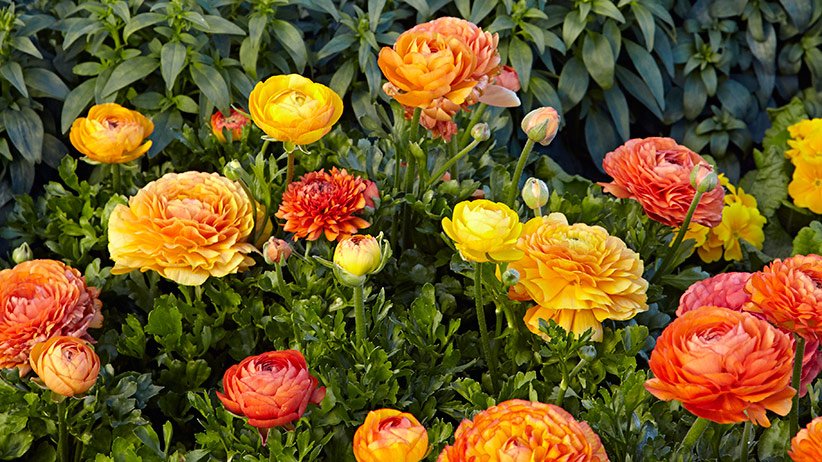
The name Ranunculus is Late Latin for “little frog,” the small of Rana. This presumably alludes to numerous species being found close to water, similar to frogs. Individuals from the family are known as buttercups, spearworts, and water crowfoots. However, these dazzling blossoms make a vivacious expansion to your patio sprouts. They flourish best in the winter when filled in Zones 8-10 and get full sun.
5. Winterberry
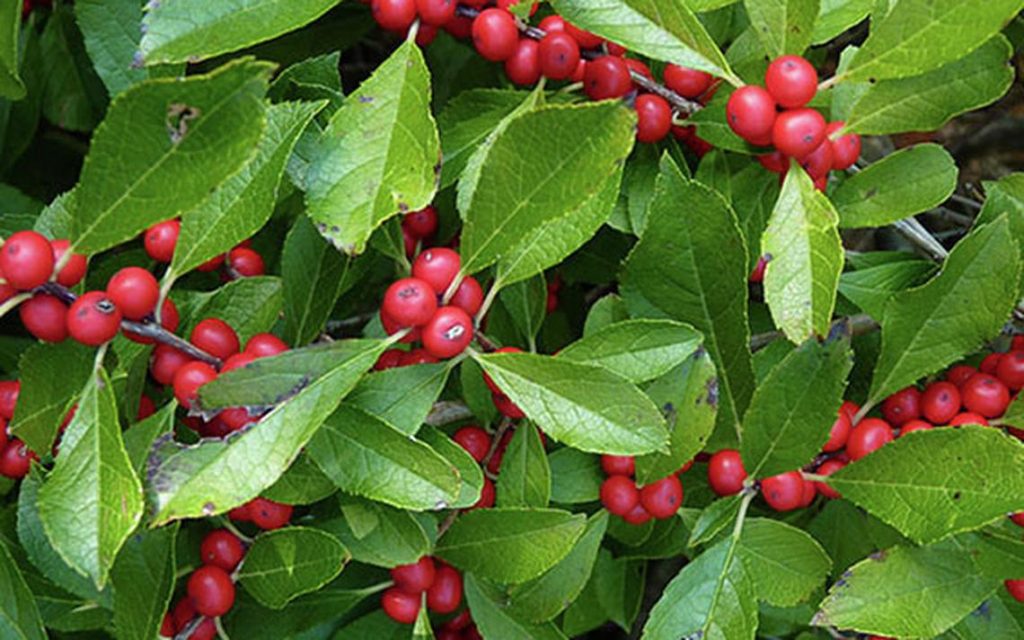
Who does not like berries, swollen red eye-catching winter plants, winterberries utilized by Native Americans for therapeutic purposes, the cause of the name “fever shrub.”?
The seeds, leaves, bark, and berries of the plant can cause nausea and low circulatory strain whenever ingested.
6. Holly
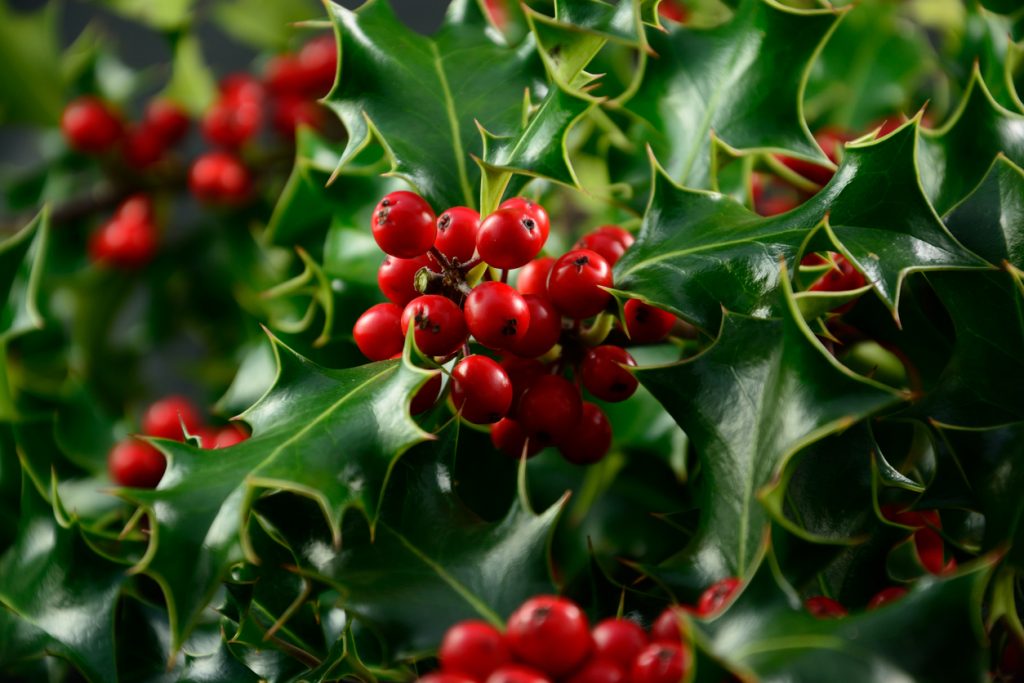
Close Up Of A Holly Bush With Spikey Green Leaves And Red Berries
Ultra-hardy winter plants ‘Holly’ is the ultimate winter plant for spreading holiday cheer. This plant cannot even withstand harsh winter temperatures and rewards us with white flowers in the spring. Holly can contain caffeic acid, caffeoyl subsidiaries, caffeoyl shikimic acid, and chlorogenic acid, causing spewing and looseness of the bowels. They are particularly hazardous in cases including unintentional utilization by kids pulled in to the brilliant red berries.
7. Japanese Camellias
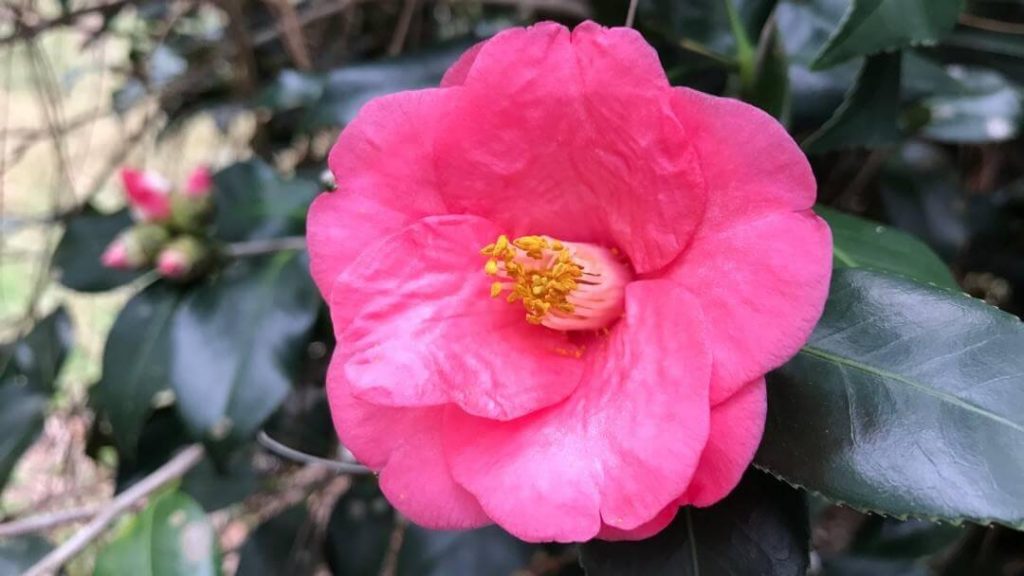
Japanese camellia or the winter rose is ideal for gardeners looking to keep a colorful garden through the winter and spring. The blossoms can go from 1.5-5 creeps over, with shading assortments going from unadulterated white to hustling Red.
8. Kaffir Lily
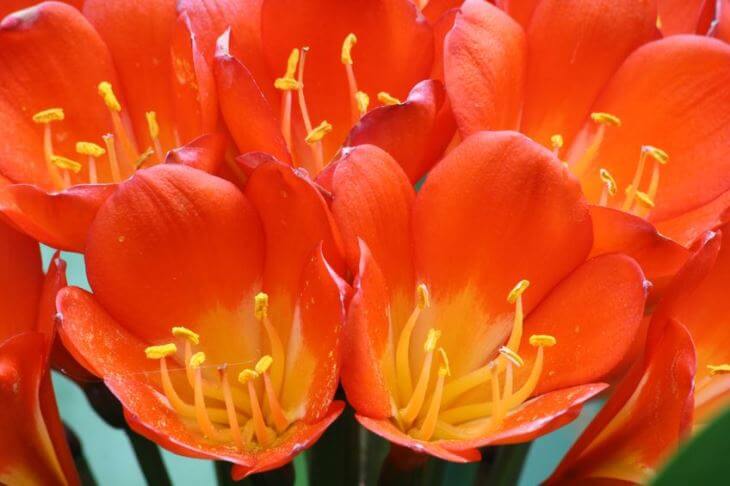
Kaffir Lilies, also known as Bush Lilies, are elongated thin winter plants that look like tropical plants but don’t require a tropical climate to thrive. This South African plant does best in temperate climates and will start to produce flowers in late winter and grows to a height of about 45 centimeters.
9. Ornamental Cabbage and Kale
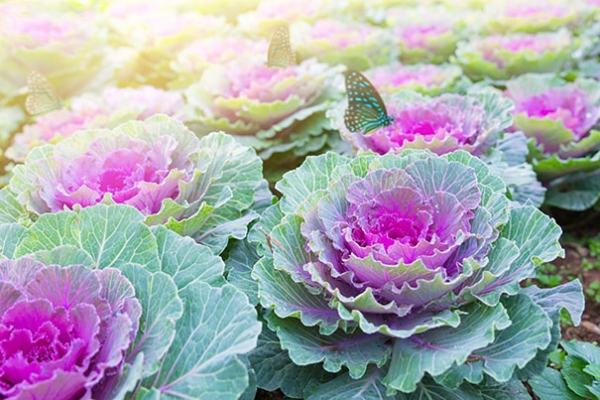
Decorative cabbage and kale are in similar species (Brassica oleracea) as palatable cabbage, broccoli, and cauliflower.
Kale and cabbage are the absolute hardiest plants around, with some having the option to withstand negative temperatures. While decorative cabbage and kale are eatable, they will have a harsh flavor and are frequently utilized in a culinary setting as enhancements.
10. Mahonia
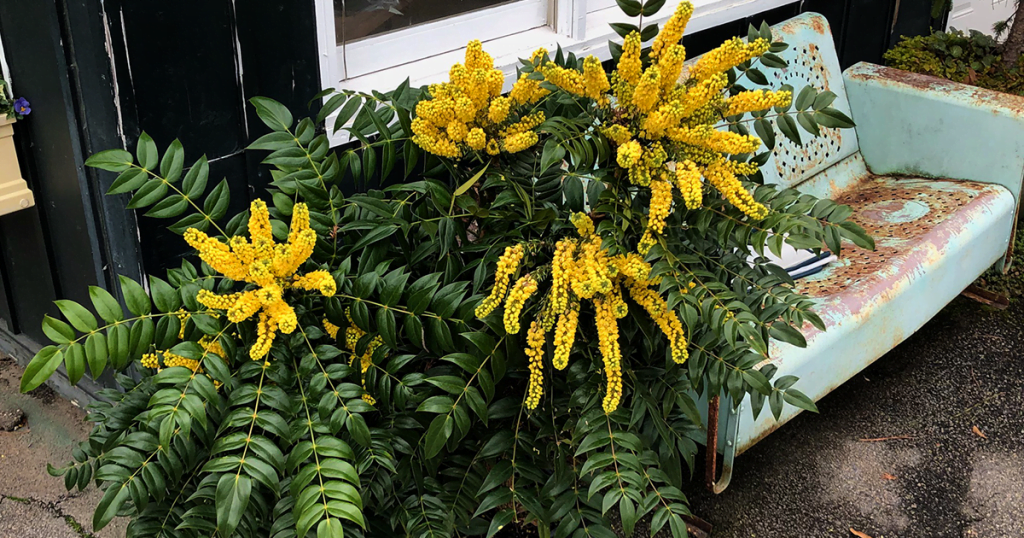
Mahonia rarely has small trees in Berberidaceae’s family, native to eastern Asia, the Himalaya, North and Central America. Mahonia japonica will develop to around 2 meters tall, while Mahonia x media can arrive 5 meters. There are more modest developing assortments, for example, Mahonia aquifolium, which will arrive at roughly 1.5 meters and others that can be utilized for ground cover, which top at around 30cm.
11. Scilla
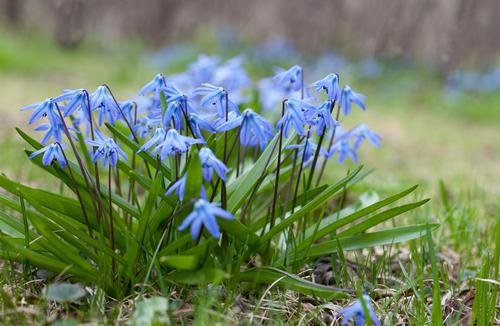
Looking for a perfect low-maintenance flower for bringing serenity to your winter garden, then Scilla is the best choice for you. These gorgeously ultra-durable bulb-forming perennial herbaceous plants are found in the family Asparagaceae, subfamily Scilloideae, and are native to woodlands.
12. Winter Pansies
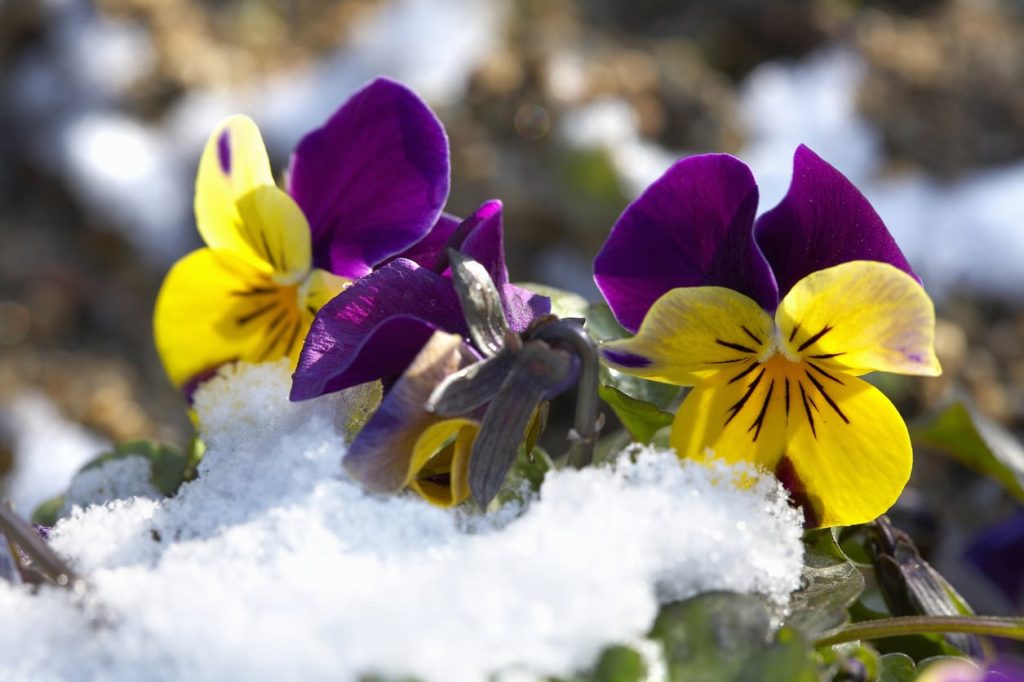
Winter flowering pansies will blossom well into the late spring. This Colorful blossom makes sure to make a significant expansion to your wintertime of year nursery or window boxes. These infants fill best in full sun to full shade and arrive in a massive swath of shadings—daylight yellow to sensational violet. Planting winter pansies in late pre-winter continuously will deliver a great flush of spring blossoms.
13. Winter Aconite
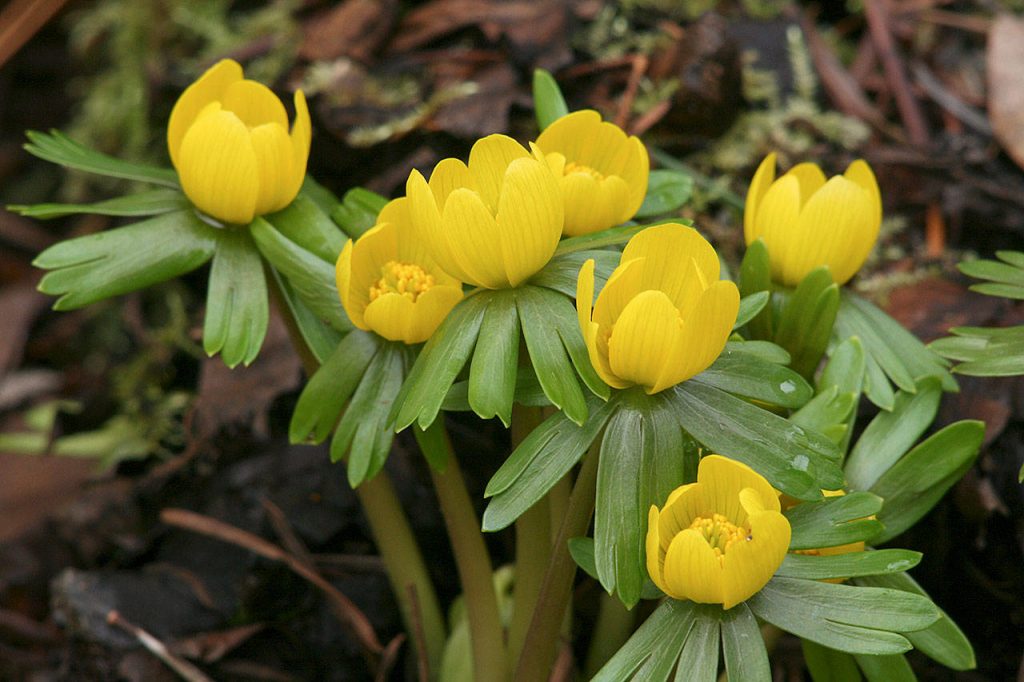
Winter Aconite or Eranthis hyemalis is a species of flowering plant in the buttercup family Ranunculaceae. These vibrant flowers represent joy and hope in the garden. Furthermore, we think they’ll make an extraordinary expansion to your winter garden for getting a charge out of on the grayest of days. While you’ll need to stand by until February to appreciate this electric yellow sprout, Winter Aconites will spring up with the guarantee of spring noticeable all around.
14. Pieris Japonica
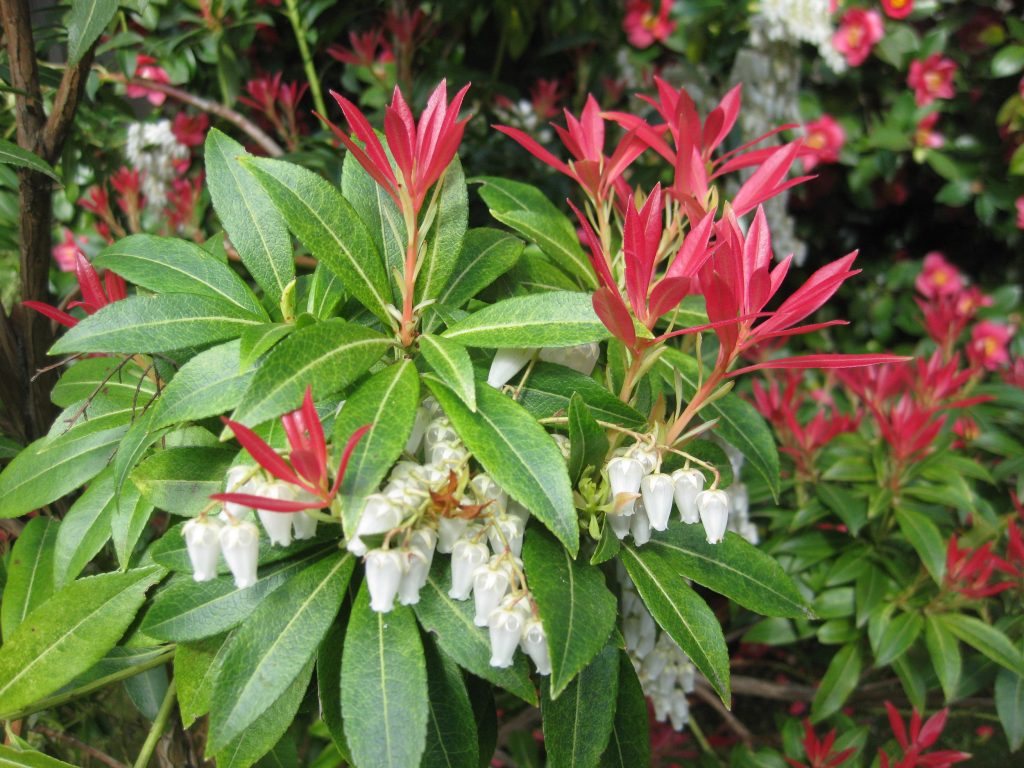
As the name suggests, it’s a Japanese plant whose evergreen bushes produce conspicuous white or pink blossoms in pre-spring and late-winter that keep going for 2-3 weeks. It is widely cultivated in gardens and a parent of the cultivated hybrid ‘Forest Flame.’
15. Lenten Rose
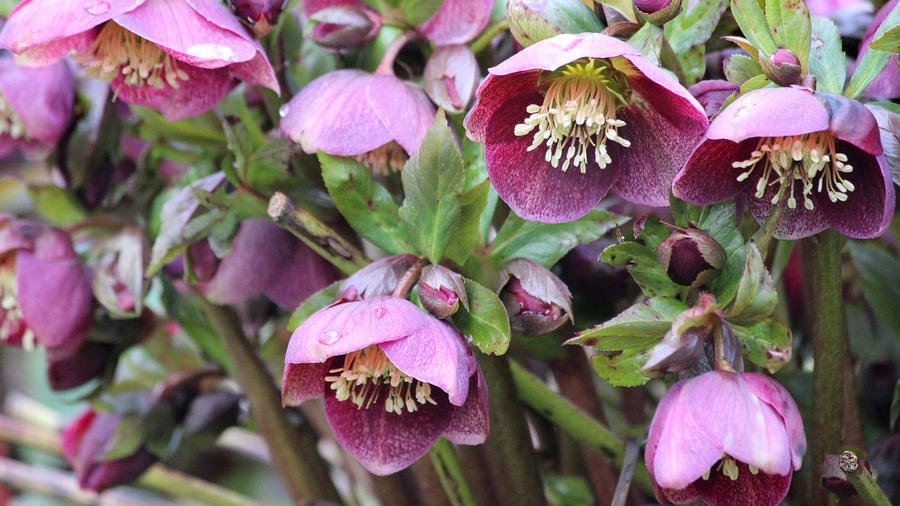
Helleborus orientalis, also known as the Lenten rose, is a perennial flowering plant and hellebore species in the buttercup family. These gorgeous flowers blossom in late-fall in mellow atmospheres and pre-spring in chilly districts. Although they seem fragile, they shouldn’t be treated in an overprotective manner since they’re undemanding and very cold severe.
16. Snowdrop
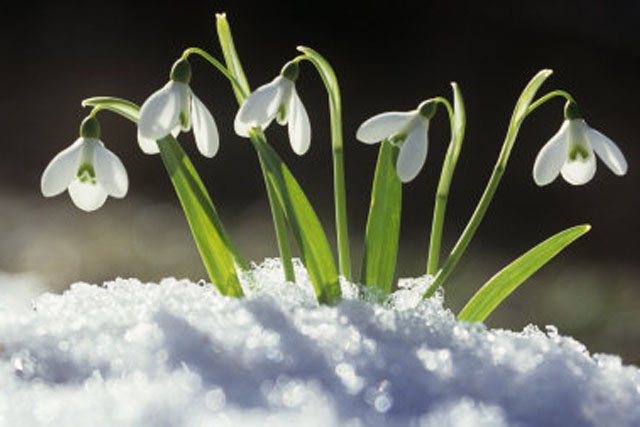
A snowdrop from the Greek word Galanthus has been known since the earliest times under various names but was named Galanthus in 1753. These drooping white and green flowers appear in late winter, often while there’s still snow, as the name recommends. Plant more of these for the best impact, and get these bulbs in the ground in fall for winter sprouts.
17. Viola
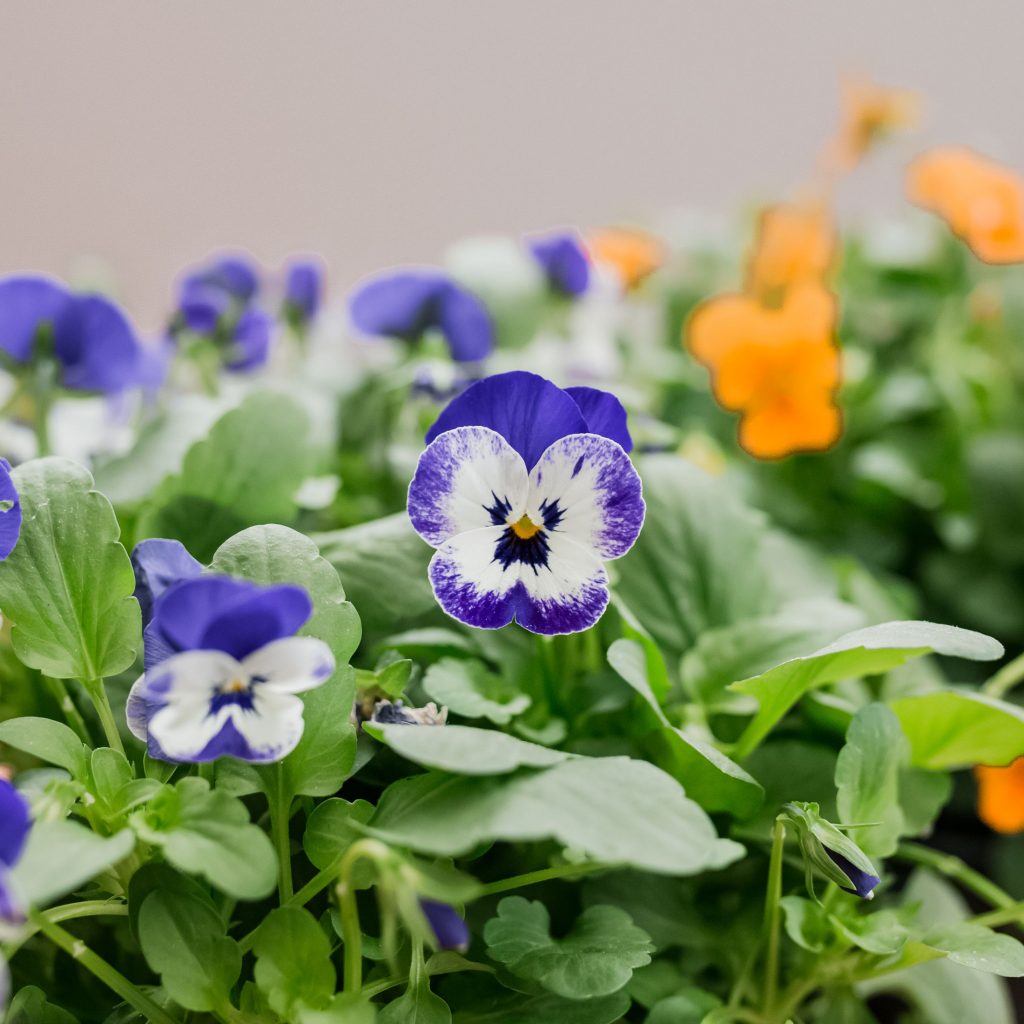
Viola, as the name suggests, are violet flowers. These brightly colored, lovely little Blossoms of violas are a welcome sight on crisp mornings. In gentle atmospheres, they’ll keep going throughout the winter. These give delightful blooms and a lovely scent, plus they will grow back year after year.
18. Winter Aconite
Eranthis hyemalis, the winter aconite, is a species of flowering plant in the buttercup family Ranunculaceae. The leaves, flowers, stems, and tubers of these winter plants are mainly toxic. Eating any of these can cause sickness, spewing, colic assaults, and visual disturbances. These glad minimal yellow sprouts will spring up through the day off. Plant these bulbs in fall.
19. Winter Heath
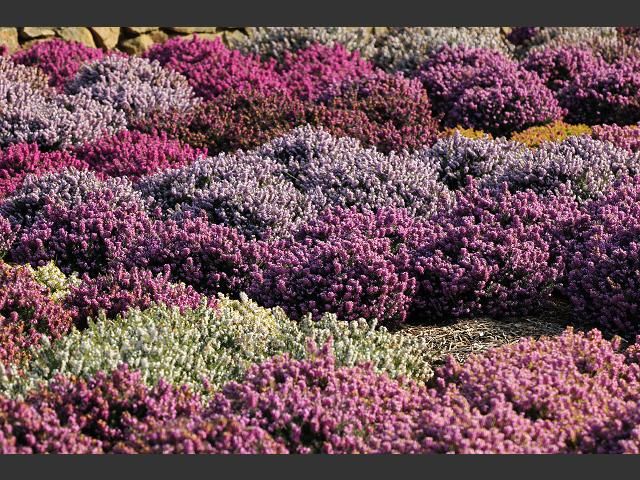
While most of the plants will be seen hibernating, you can still rely on this one for your garden color. These are small evergreen plants with oodles of tiny, pink blossoms, heath which blooms for weeks and weeks, anytime from January to March.
20. Pussy Willow
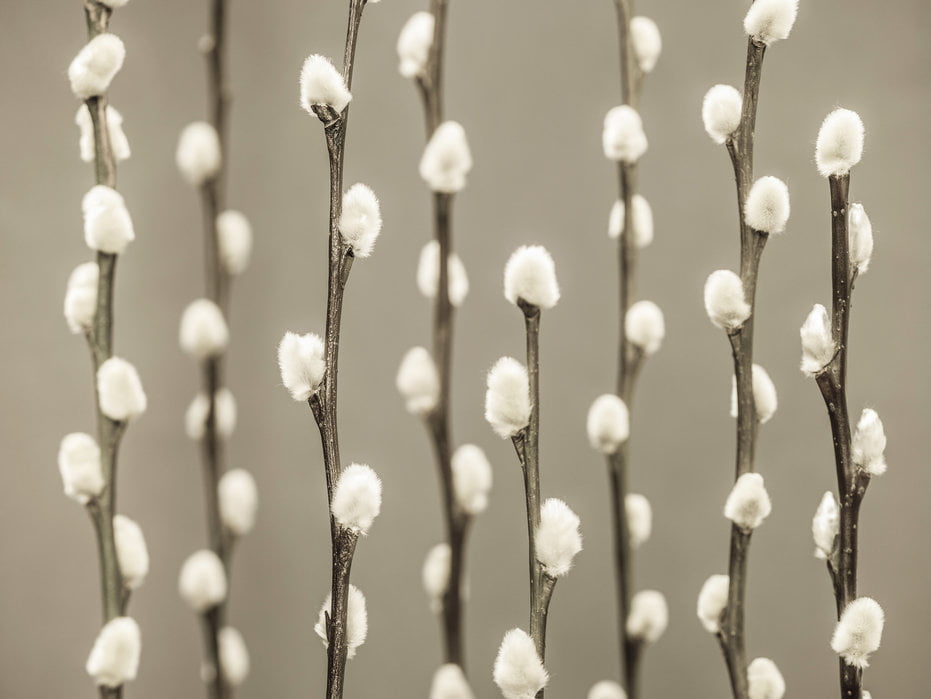
Pussy Willow, as the name suggests, is willow with soft fluffy yellow or silvery catkins that appear before the leaves. These little fuzzy flowers are called catkins! Their shrubs are not so bright and showy like many winter bloomers, but they can be displayed
considering when the winter snow is still on the ground. They’re beautifully displayed in a vase and are a sure sign that spring is coming.
21. Witch Hazel
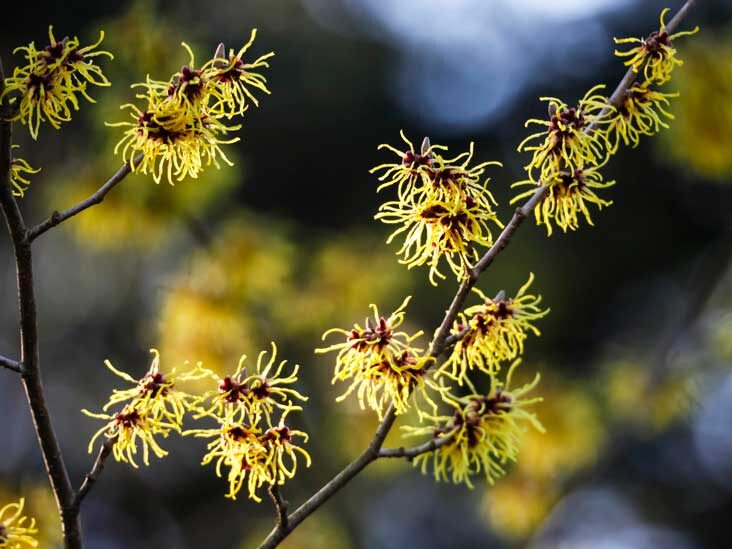
As the name suggests, Witch!
These Whimsical-looking flowers will appear on bare branches in February or March, even in the coldest climates. These are popularly grown because of their beautiful flowers, which start expanding in the autumn season.
22. English Primrose
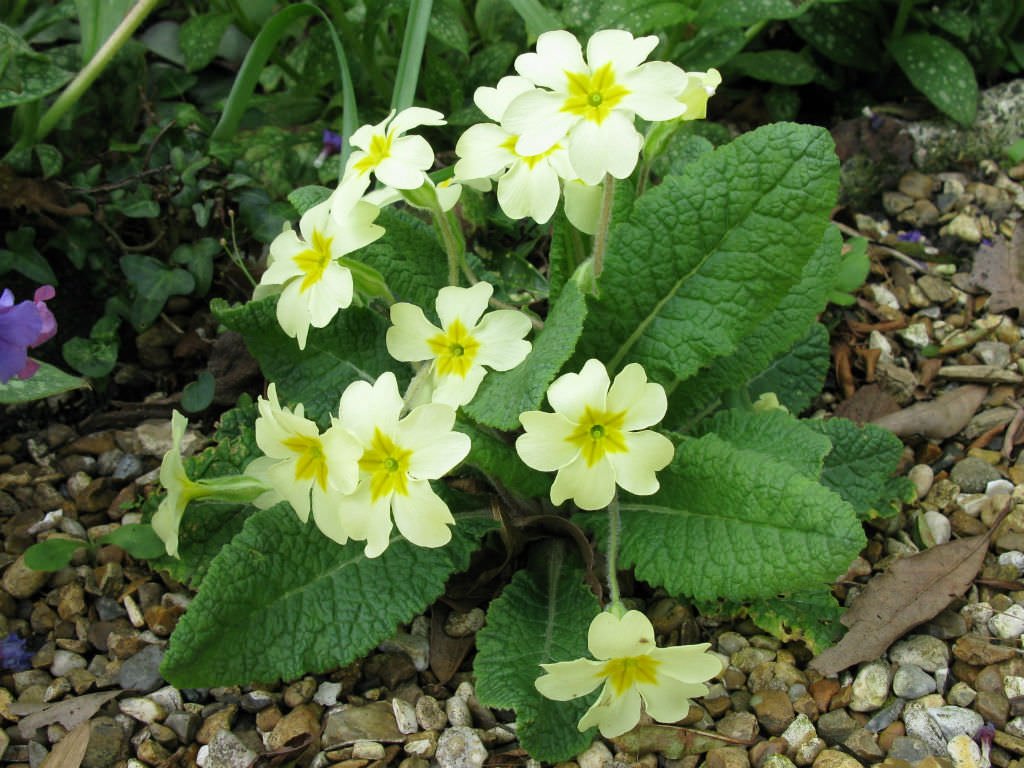
Primula vulgaris, the common primrose, is a species of flowering plant in the family Primulaceous. While some of its varieties bloom in the weather of spring or summer, this plant starts its show in the winter itself. There Colour ranges from Red to pink to purple to yellow or white. These flowers with mounds of deep green foliage cover this plant.
Conclusion
May it is Winter or Summer or Autumn, Plants are essential because they are the backbone of all life on Earth and a crucial resource for human beings.
They provide food, air, habitat, medicine, and help to distribute and purify water. Make sure you get some winter plants and help slow down nature’s demands for oxygen by planting them more and more!
Please make sure that you share this article with more people you know you plan to get a beautiful winter garden endowed with beautiful winter plants.

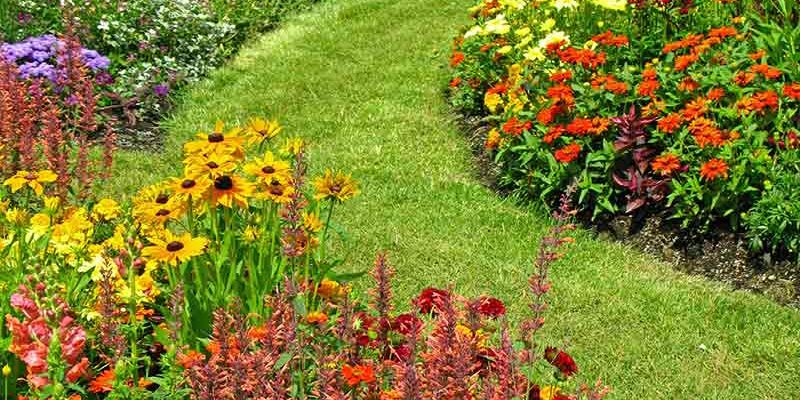

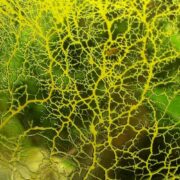
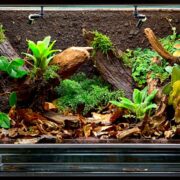
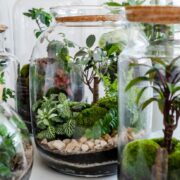
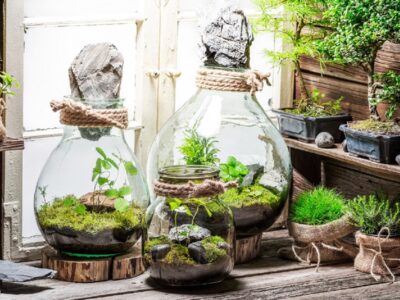
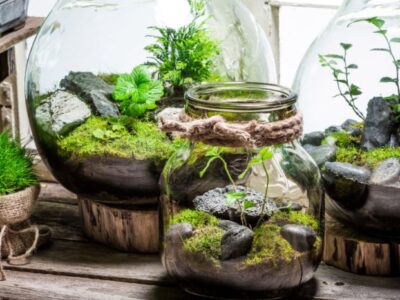
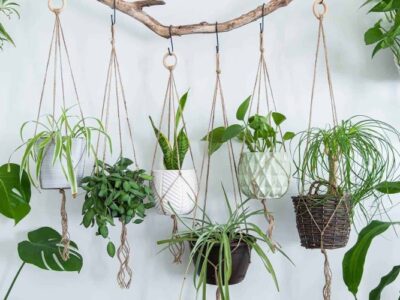



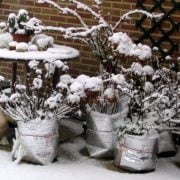

Comments